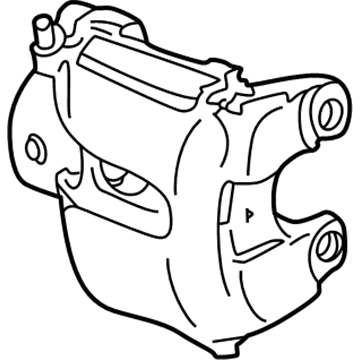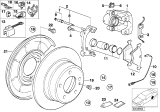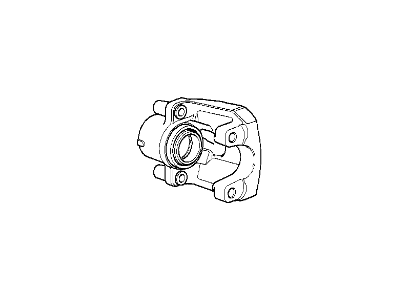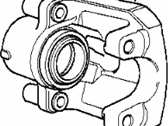×
- Hello
- Login or Register
- Quick Links
- Live Chat
- Track Order
- Parts Availability
- RMA
- Help Center
- Contact Us
- Shop for
- BMW Parts
- BMW Accessories

My Garage
My Account
Cart
Genuine BMW Z3 Brake Caliper
Caliper- Select Vehicle by Model
- Select Vehicle by VIN
Select Vehicle by Model
orSeries
Model
Year
Select Vehicle by VIN
For the most accurate results, select vehicle by your VIN (Vehicle Identification Number).
6 Brake Calipers found
BMW Z3 Front Left Brake Disc Caliper
Part Number: 34116758113$326.19 MSRP: $423.14You Save: $96.95 (23%)Ships in 1-3 Business DaysBMW Z3 Front Right Brake Caliper
Part Number: 34116758114$326.19 MSRP: $423.14You Save: $96.95 (23%)Ships in 1-3 Business DaysBMW Z3 Brake Caliper Left
Part Number: 34111165559$317.39 MSRP: $411.73You Save: $94.34 (23%)Ships in 1-3 Business DaysBMW Z3 Brake Caliper Right
Part Number: 34111165560$317.39 MSRP: $411.73You Save: $94.34 (23%)Ships in 1-3 Business DaysBMW Z3 Brake Caliper Left
Part Number: 34211164397$615.14 MSRP: $792.85You Save: $177.71 (23%)Ships in 1-3 Business DaysBMW Z3 Disc Brake Caliper
Part Number: 34211164398$615.14 MSRP: $792.85You Save: $177.71 (23%)Ships in 1-3 Business Days
BMW Z3 Brake Caliper
If you are looking for OEM BMW Z3 Brake Caliper, we highly recommend to shop with us. Not only do we offer budget friendly prices, but we also provide fast delivery. In addition, we have a hassle-free return policy on all genuine BMW Z3 Brake Caliper that come backed by the manufacturer's warranty.
BMW Z3 Brake Caliper Parts Questions & Experts Answers
- Q: How do you remove and install the brake caliper on BMW Z3?A:To detach the brake caliper for example, on embarking on a rear brake change, first secure the rear wheels and apply the parking brace, on the other hand, slightly loosen the front wheel nuts on the vehicle and jack up the car in order to remove the front wheels. If removed to the brake assembly, it is advisable to remove the brake pad wear sensor but should not be done to the brake caliper fluid hose unless the caliper is to be replaced or reconstructed. If in need to remove the caliper, siphon brake fluid from the reservoir and ensure that the brake pedal is held down to avoid lose of the fluid. Loosen the flexible line to the caliper with the flare nut wrench, and then undo the tensioning spring and then pull off the caliper assembly off. For the brake fluid line if you need to remove it place a drain pan beneath the line, unscrew the line remove it alongside a plug to prevent fluid leakage. When it comes to reassemble, one should reconnect the brake line and tighten it with optimal torque, and if the caliper bracket was removed, installation is needed with the optimum torque as well. When placement of the caliper is made over the brake pads, use new bolts to fix the caliper then lubricate the slider bolts before using them. Today, most brake wear sensors are mounted on caliper or bracket and when installed, link the sensor wire and check that all cables are properly connected. Last but not the least again one has to bleed the brake system if the fluid line was disconnected next replace the wheels and tight the lug bolts using a left right sequence establishing an x pattern. In the overhaul process for the caliper and piston, take out the units, check them for damage, replace where there is damage seals and other components, ensuring that the areas are cleaned in the process. The stampeding process should then follow a correct brake system bleeding, and the brake pedal should be rigid.








